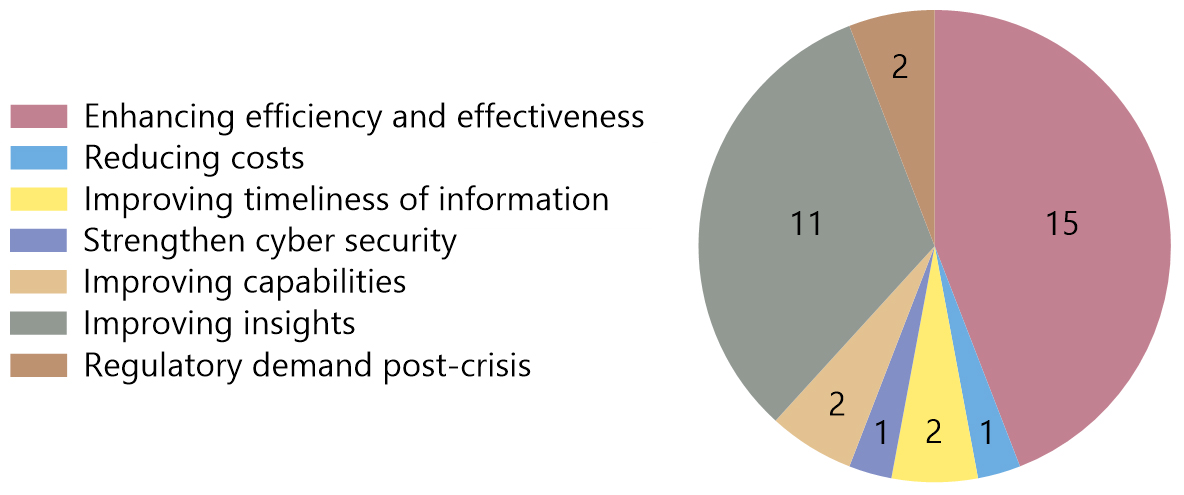The Financial Stability Board (FSB) – an international body that monitors and makes recommendations about the global financial system – has released a new report on the use of SupTech and RegTech by financial authorities and regulated institutions.
What is driving RegTech & SupTech adoption
The report identifies in the increased availability and granularity of data and in new infrastructures such as cloud computing and application programming interfaces (APIs) the main drivers of the development of SupTech and RegTech. “Authorities and regulated institutions have both turned to these technologies to help them manage the increased regulatory requirements that were put in place after the 2008 financial crisis”.
The role of technology in fostering financial stability
The report also recognises how SupTech and RegTech tools could potentially foster financial stability. “For regulators, the use of SupTech could improve oversight, surveillance and analytical capabilities, and generate real-time indicators of risk to support forward-looking supervision and policymaking. For regulated institutions, the use of RegTech could improve compliance outcomes, enhance risk management capabilities, and generate new insights into the business for improved decision-making. For both authorities and regulated institutions, the efficiency and effectiveness gains, and possible improvement in quality arising from automation of previously manual processes, is a significant consideration”.
The evolution of RegTech
According to the survey, the primary use cases of RegTech tools among regulated institutions are in fraud detection, reporting, risk management and AML/CFT, with an upward trend in the field of KYC and identity verification.

The evolution of SupTech
According to the report, SupTech is becoming a strategic priority for a number of authorities. Based on a survey of FSB members, the majority of respondents had a SupTech, innovation or data strategy in place and the use of such strategies has been growing significantly since 2016.

Primary demand drivers for developing a SupTech strategy: No. of authorities who rank driver as most important
Possible risks
While recognising the potential of these technologies, authorities are also vigilant to possible risks that could arise from them. According to the survey, the greatest risk was perceived to be around resourcing, followed by cyber risk, reputational risk and data quality issues. Looking to future developments, the report also highlights the potentially catalytic role of data standards and the importance of effective governance frameworks for the use of SupTech and RegTech.
Finally, the report includes 28 case studies giving practical examples of how SupTech and RegTech tools are being used.
Last updated on May 9th, 2023 at 09:36 pm



